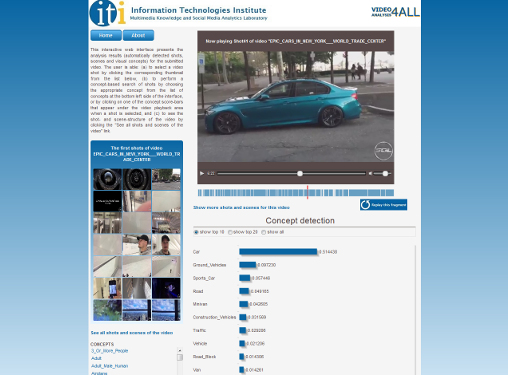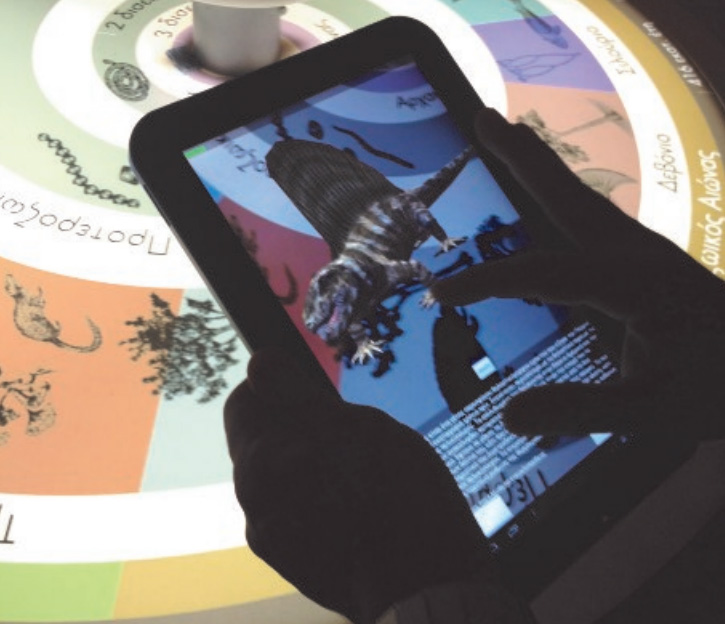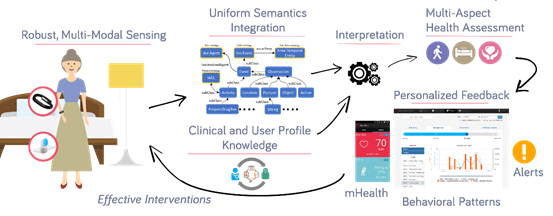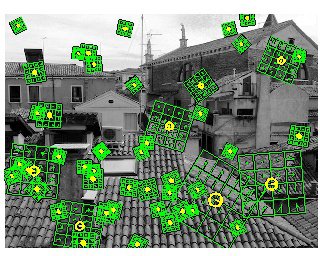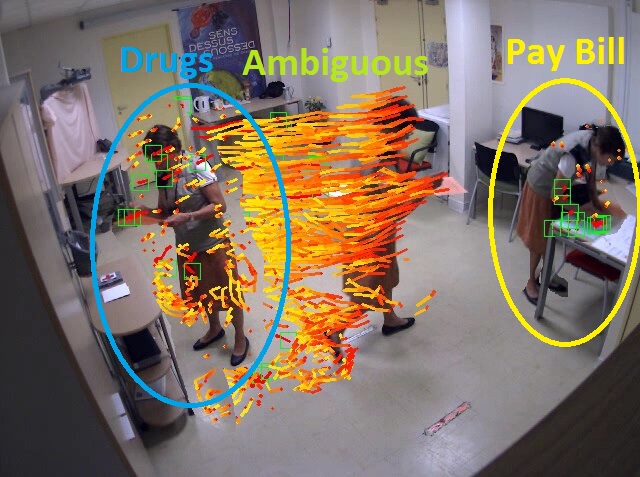The widespread proliferation of digital media, and in particular video data, in recent years, has made the automated analysis of its content necessary for retrieval, storage, transmission, security and commercial purposes. Video content is analysed for the detection and recognition of human activities in a variety of setups, ranging from constrained indoors environments to outdoors locations and videos “in the wild” (such as YouTube© content). Applications include health monitoring for ambient assisted living, analysis of online content, effective classification.

